#peter and paul fortress
Explore tagged Tumblr posts
Photo

Henri Cartier-Bresson. Sunbather at the Peter and Paul Fortress, St. Petersburg. 1973
Follow my new AI-related project «Collective memories»
#BW#Black and White#Preto e Branco#Noir et Blanc#黒と白#Schwarzweiß#retro#vintage#Henri Cartier-Bresson#Sunbather#Peter and Paul Fortress#St. Petersburg#Leningrad#USSR#URSS#Saint-Petersburg#1973#1970s#70s#Street photography#photographie de rue#Straßenfotografie#fotografia de rua#fotografia uliczna#ストリートフォトグラフィー#fotografía callejera#길거리 사진촬영
48 notes
·
View notes
Text
Russia. Saint Petersburg. Peter and Paul Fortress Питер. Петропавловская крепость
#2016#city#fortress#july#neva river#peter and paul fortress#river#russia#saint petersburg#summer#город#июль#крепость#лето#нева#петропавловская крепость#питер#река#россия#санкт-петербург#flickr#russian tumblr#русский tumblr
14 notes
·
View notes
Text



Tombs of the Romanovs - Peter and Paul Fortress - Saint Petersburg - Russia - Europe - 2018
0 notes
Text

Today's photo with the most hits is a genuine throwback.
Jonathan and Peter stand by the Neva, with the Naryshkin bastion of the Peter and Paul Fortress, beyond (May, 2006).
1 note
·
View note
Text
Y’all my current Hyperfixations are TF2, The Beatles, and Marvel. Send me anything related of the three and I’ll love you forever.




#hyperfixation#team fortress 2#tf2#the beatles#ringo starr#paul mccartney#john lennon#george harrison#marvel#marvel cinematic universe#bucky barnes#peter parker#loki laufeyson
22 notes
·
View notes
Text
Love the idea of pyro collecting cursed plushies. Like they have an entire shelf full of Skibidi Toilet and mutilated sonic characters. They give Miss Pauling a Peter Griffin plushie and she thanks them for it but it secretly scares the shit out of her.
#cedar speaks#tf2#team fortress 2#team fortress#tf2 memes#tf2 meme#team fortress meme#tf2 pyro#miss pauling#peter griffin#skibidi toilet
9 notes
·
View notes
Text



View of the Palace Embankment from the Peter and Paul Fortress. 1795

#View of the Palace Embankment from the Peter and Paul Fortress#1795#view#peter#paul#fortress#art#photography#gallery#exhibition#oil art
0 notes
Text






KONSTANTIN FLAVITSKY - PRINCESS TARAKANOVA, 1864
The painted lady Elizaveta Vladimirskaya, also known as "Princess Tarakanova," was a renowned female adventurer and imposter who claimed the Russian throne. She passed away in the Peter and Paul Fortress prison in Petersburg. However, not this dramatically
In the time of Empress Catherine II, a lovely young woman residing in Italy but aiming for the Russian throne introduces herself to Roman society as a Princess from Russia. Catherine II commanded Count Orlov to journey to Italy and return with the imposter. The Count feigned romantic feelings for the "Princess" and lured her onto the ship headed to St. Petersburg. Upon arrival she was bound and transported to the Petropavlovskaya fortress. Legend has it that Catherine had her locked up in a cell that would get flooded whenever the Neva River water levels rose.
Tarakanova actually passed away from tuberculosis; however, over time, various myths surrounding her demise started to emerge. One of the stories that sparked Flavitsky's imagination was that she tragically perished in her underground dungeon during a major flood. Official records indicate that Tarakanova passed away a couple of years prior to the historic flood on September 21, 1777, during which the water levels in the Neva River surged 310 cm above the usual levels. Ironically, the artist himself passed away from tuberculosis.
Flavitsky's artwork gained him recognition and was acclaimed by the art community, particularly for its impressive dramatic pose and facial expressions. The painting was the first historical canvas in Pavel Tretyakov’s collection, with many to follow. In 1867, the Paris World's Fair showcased 'Princess Tarkanova'. However, Emperor Alexander II instructed for a statement to be included in the catalogue indicating that “the plot was borrowed from a novel and contains no historical truth”.
218 notes
·
View notes
Text

Ahem ahem.. aahh
I was on tour of the Peter and Paul Fortress aaaand there was a lot of beautiful film posters :--(
Original - Kalmanson Mikhail Sergeevich (1917)

#tori ellsworld#ew tori#tord#tord ew#tord eddsworld#eddsworld art#eddsworld fanart#ew art#ew fanart#eddsworld#tori ew#ew tord#ellsworld#artist on tumblr
76 notes
·
View notes
Text

Female figure at the base of one of the Rostral columns overlooking the Peter and Paul fortress.
Leningrad. Photo postcard by B. Raskin (1969).
156 notes
·
View notes
Text


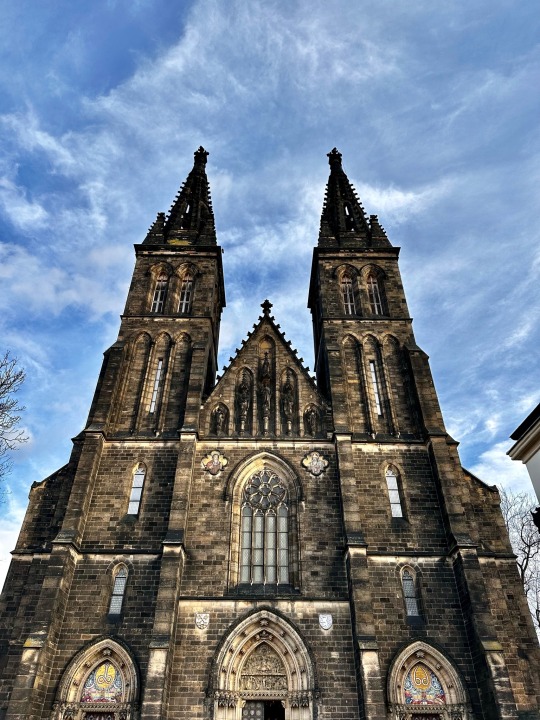
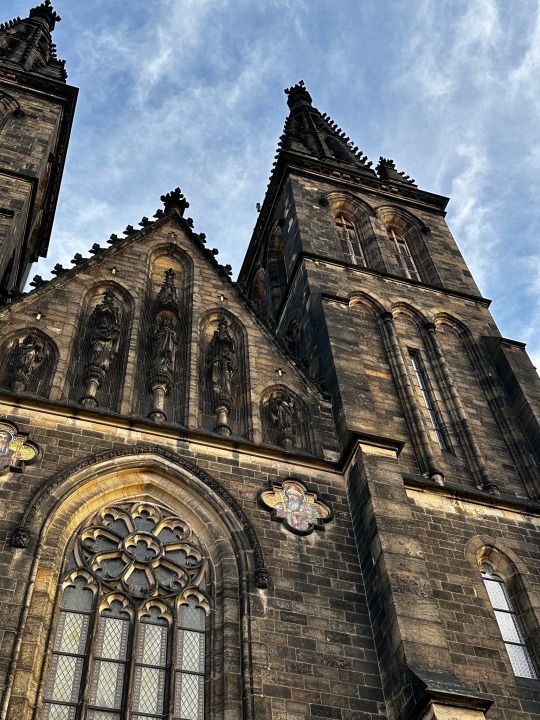

The Basilica of St. Peter and St. Paul is a neo-Gothic church in Vyšehrad fortress in Prague, Czech Republic.
Founded in 1070–1080 by the Czech King Vratislav II, the Romanesque basilica suffered a fire in the year 1249 and has been rebuilt in Gothic and later in neo-Gothic style. The basilica features an impressive stone mosaic above its entry, and its twin 58 m towers can be seen atop a hill to the south from along the Vltava River in central Prague.
The Basilica and Royal Collegiate Church of St. Peter and St. Paul
Prague, Czech Republic 🇨🇿
#basilica#church#prague#europe#czech republic#neo gothic#gothic atmosphere#goth architecture#architecture#gothic#goth aesthetic#history#dark academia#light academia#artists on tumblr#photographers on tumblr#original photographers#cottagecore#naturecore#winter#beautiful architecture#beautiful photos#photography#photo#arhitecture#atmosphere#dark aesthetic#travel#fairycore#photoblog
282 notes
·
View notes
Text

Konstantin Flavitsky, Princess Tarakanova In The Peter And Paul Fortress At The Time Of The Flood, 1864.
228 notes
·
View notes
Text

"The great day came. It was April 16, the eve of Sasha's twenty-third birthday. In the morning there was mass, at one o'clock in the afternoon the official ceremony of dressing the bride in the presence of the whole family, newly appointed court ladies and three ladies-in-waiting. Marie was coiffed so that two long curls fell on either side of her face, a small diadem of diamonds and pearl pendants was placed on her head - under it was attached a veil of lace, which hung below the shoulders. Each of us sisters gave her a pin to attach it, and then a purple ermine-trimmed robe, so heavy that five chamberlains had to hold it, was placed over her and fastened at the shoulder with a gold pin. At the end, Mama also attached a small bouquet of myrtle and orange blossom under the veil. Marie looked grand and majestic in her outfit, and the expression of solemn seriousness on her childish face was in perfect harmony with the beauty of her figure. At three o'clock there was a solemn banquet, approximately four hundred people were seated in the Nicholas Hall of the Winter Palace at three huge tables. In the middle are the Royal Family and the clergy, who opened the banquet with prayer and blessing. At the table, ladies sat on the right hand, gentlemen on the left. They drank the health of the young couple, Their Majesties, the Tsarevna's Parents, as well as all loyal subjects, and each toast was accompanied by cannon salvoes. The highest ranks of the Court brought champagne to Their Majesties; we, the other members of the Royal Family, were served by our chamberlains. A military band played, and the best singers of the Opera sang so that the walls shook. At eight there was a polonaise in the St. George's Hall: Papa danced in front of everyone with Marie; at ten o'clock we returned to our chambers, here only the family dined with the newlyweds. Adini and I did not take part in this, but had dinner with our teachers in my rooms and looked out at the Neva, at the illuminated embankment, ships decorated with flags, a festive crowd, and behind it the spire of the Peter and Paul Fortress, rising to the sky, still gilded by the setting sun… this day ended with such a wonderful note.”
- Grand Duchess Olga Nikolaevna, Queen of Wurttemberg, on the nuptials of her elder brother, the future Emperor Alexander II of Russia and Empress Maria Alexandrovna (nee Princess Marie of Hesse-Darmstadt.)
#grand duchess olga nikolaevna the elder#emperor alexander ii#empress maria alexandrovna#romanov#russia#quotes
73 notes
·
View notes
Note
do you know where the first few of the romanovs resided before all of the palaces were built and if so, are any of them remaining? do we know what they look like?
I'm afraid very little from the earliest days of the Romanov dynasty had survived the ravages of time. By the time of Nicholas II, many early residences had already been either destroyed or replaced by the modern and elegant palaces we see today. Here's a few that survived.
The Cabin of Peter the Great May 1703
Built during the founding of the city of Saint Petersburg, the log cabin was the first St. Petersburg "palace" of Tsar Peter the Great. The small wooden house was constructed in just three days, by soldiers of the Semyonovskiy Regiment.
At that time, the new St. Petersburg was described as "a heap of villages linked together, like some plantation in the West Indies".
The Cabin was boarded up and camouflaged during the Second World War. It was the first St. Petersburg museum to reopen in September 1944, after the end of the Siege of Leningrad.

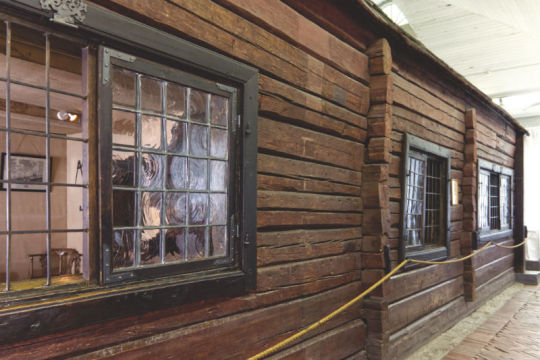
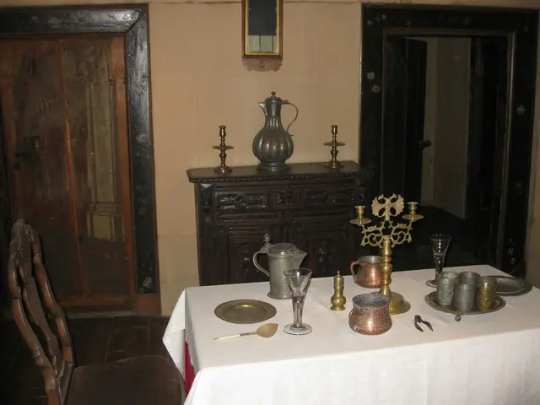
This cabin must have appeared as a huge downgrade after the wooden palace of Tsar Alexei!
The Wooden Palace of Tsar Alexei Romanov 1667
The recreation of an authentic mid-17th century Romanov residence was built recently in 2010. The Palace of Tsar Alexei Mikhailovich, also known as the Wooden Palace of Tsar Alexei, is a large wooden palace in Kolomenskoye, near Moscow, Russia.
The original was built in 1667 without using any fasten materials, nails or hooks. The wooden palace, famed for its fanciful, fairytale roofs, was a summer residence for Russian tsars before St. Petersburg was constructed.
The palace was divided into male and female halves, with the Tsar and Tsarevitches towers and chambers in the male half and the Tsarina's towers in the female half.
The palace's interior featured rich decorations, including carving, painting, gilding, and ceramic tiles, as well as rectangular and round stoves, weathercocks, and windows and porches.



Foreigners referred to this huge maze of intricate corridors and 250 rooms, as 'an Eighth Wonder of the World'. Although basically only a summer palace, it was the favorite residence of Tsar Alexei I.
The future Empress Elizabeth Petrovna was born in the palace in 1709, and Tsar Peter the Great spent part of his youth here.
Upon the departure of the court for the swamps of St. Petersburg, the palace fell into disrepair, so that Catherine the Great refused to make it her Moscow residence. On her orders the wooden palace was demolished in 1768, but thankfully, the detailed plans of the palace had survived.
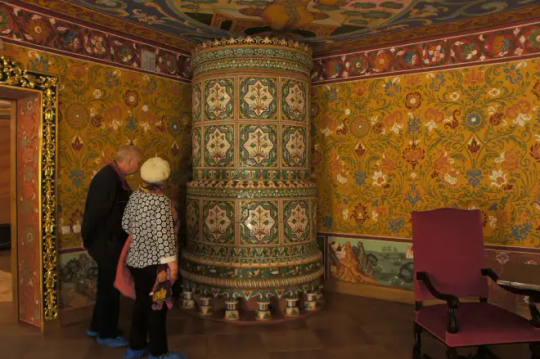
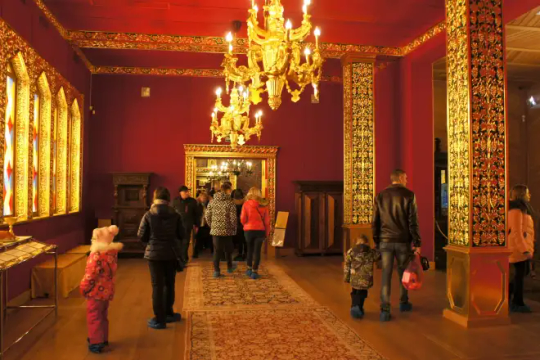
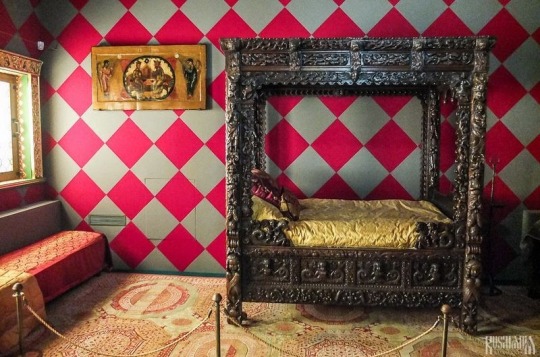



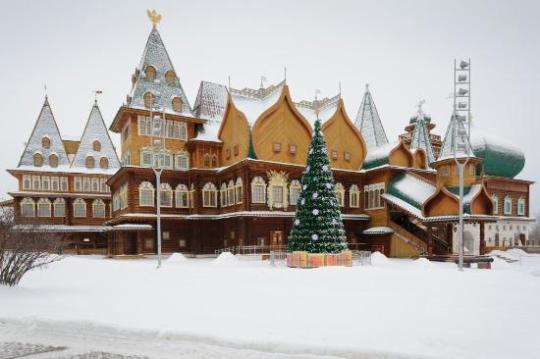
Summer Palace of Peter the Great
1714
One of the earliest imperial residences I can think of that still exists today is the modest Summer Palace of Peter the Great, which is located on an island near the Peter and Paul Fortress, the burial place of the Romanovs.
The palace was built between 1710 and 1714, a few years before the proclamation of the Russian Empire. By the time of Tsar Nicholas II's reign at the end of the 19th century, it became vacant.
During the Second World War, both the Summer Palace and Summer Gardens were badly damaged by a German bombing raid. The building was repaired, however, and the layout remains unchanged from the original.

Above: The palace as depicted in 1809. Below: The residence today.

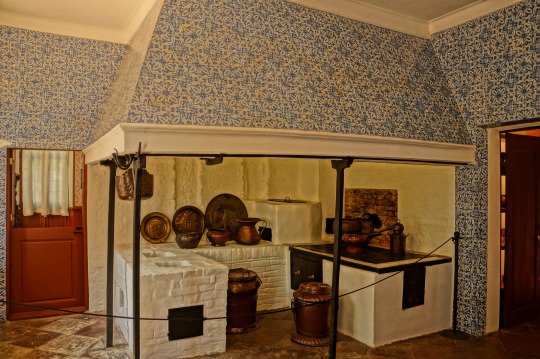

Monplaisir Palace in Peterhof 1714-1716
There is another residence owned by Peter the Great that is still standing today. And that is the Monplaisir Palace in Peterhof.
The following painting depicts the formidable Tsar and his son and heir Tsarevich Alexei Petrovich, who has been accused of preparing to seize power, in the interior of the Monplaisir Palace. Before pronouncing sentence, Peter I gazes into his son's eyes, still hoping to discern signs of remorse.


Above: The Parade Hall of Monplaisir Palace today.



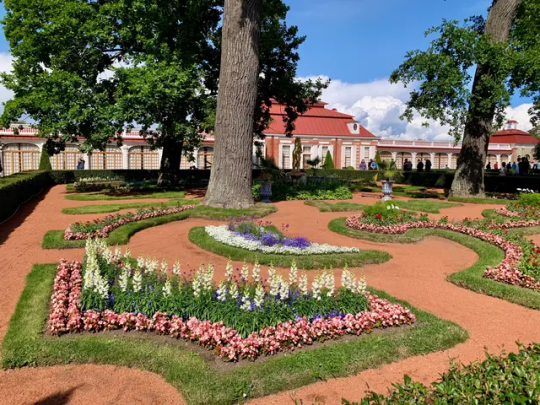
#romanov#romanovs#palace#palaces#history#russian culture#russian history#royal history#imperial russia#moscow#saint petersburg#peterhof#russian imperial family#ask
42 notes
·
View notes
Text

The Princess Tarakanova, in the Peter and Paul Fortress, at the Time of the Flood, Konstantin Flavitsky, 1864. Oil on canvas
94 notes
·
View notes
